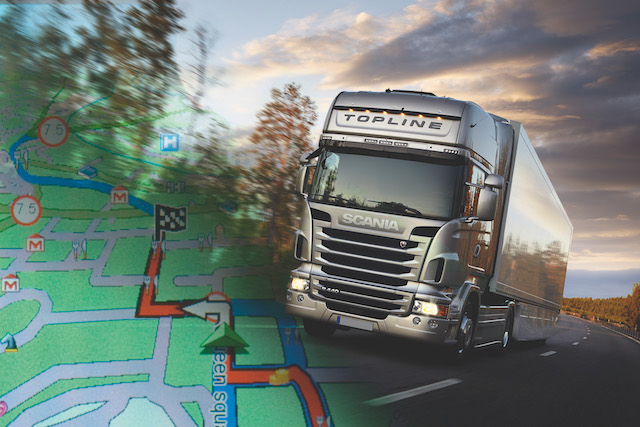Technology bombards us with data in our business lives. Here, we look at examples
of how all this information can be used to best effect.
We live in a world of data overload. In the road transport and logistics industry, where several layers of IT sit behind everything from warehouse to transport operations, knowing what to do with that data and getting a return on the investment in the systems that generate it is a huge challenge.
It is a fact that data from vehicle telematics can play a huge part in influencing how your trucks are being driven – one of the major factors impacting an operator’s bottom line. Equally important is how your trucks are utilised. Good transport planning and sticking to the plan, reducing empty running and avoiding congestion using optimised routes, are also key.
“Driver behaviour” falls into two categories: driving style and correct operation of the vehicle and use of systems such as auxiliary brakes and cruise control, and whether the driver is driving aggressively and unsafely. Poor driving in both cases will result in increased fuel consumption. All cost the operator dearly.
The modern approach to improving driving style is to score or rate the driver’s style against a set of criteria once a benchmarking period has established trends. Gradings can then be used to coach the driver to improve.
In 2012, container specialist Maritime Transport was looking for ways to increase efficiencies across its operation. The company launched an initiative to innovate its use of technology and data…
READ THE FULL STORY IN THE MAY 2017 ISSUE – BUY IT HERE!
OR SUBSCRIBE HERE






